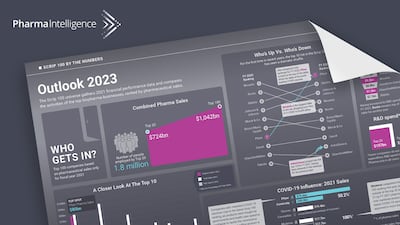“AI will change the world of health care.” So said Siemens Healthineers AG CFO Jochen Schmitz, addressing a room full of investors at the Jefferies Global Healthcare Conference in November 2019. The IVDs and imaging group had posted annual 2018-2019 groups sales up 5.8% that same month, and Schmitz was looking ahead to future reporting periods when AI would be having a clear and identifiable influence on revenues. “The health care industry can and will benefit from digital and AI, and imaging and radiology are the clear and obvious doors of entry for AI,” he said.
Read the full article – start your free trial today!
Join thousands of industry professionals who rely on In Vivo for daily insights
- Start your 7-day free trial
- Explore trusted news, analysis, and insights
- Access comprehensive global coverage
- Enjoy instant access – no credit card required
Already a subscriber?








